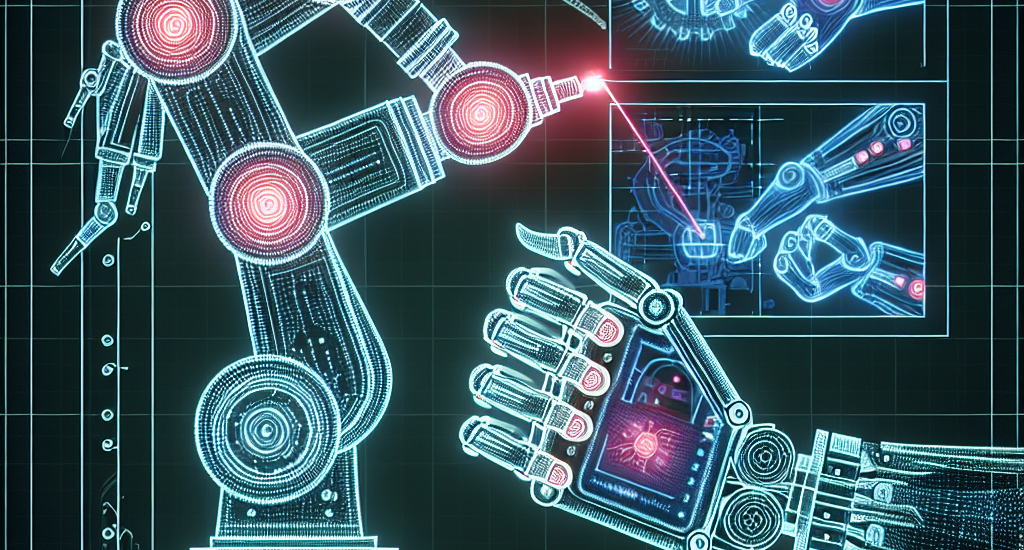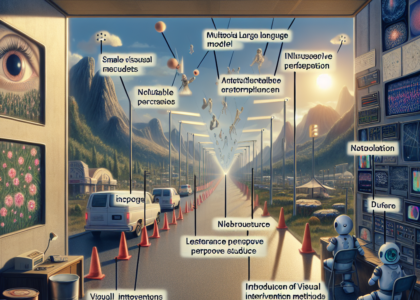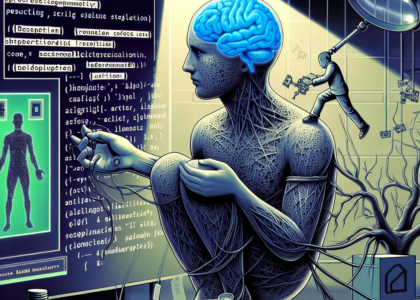Authors: Jason Jingzhou Liu, Yulong Li, Kenneth Shaw, Tony Tao, Ruslan Salakhutdinov, Deepak Pathak
Abstract: Many contact-rich tasks humans perform, such as box pickup or rolling dough,
rely on force feedback for reliable execution. However, this force information,
which is readily available in most robot arms, is not commonly used in
teleoperation and policy learning. Consequently, robot behavior is often
limited to quasi-static kinematic tasks that do not require intricate
force-feedback. In this paper, we first present a low-cost, intuitive,
bilateral teleoperation setup that relays external forces of the follower arm
back to the teacher arm, facilitating data collection for complex, contact-rich
tasks. We then introduce FACTR, a policy learning method that employs a
curriculum which corrupts the visual input with decreasing intensity throughout
training. The curriculum prevents our transformer-based policy from
over-fitting to the visual input and guides the policy to properly attend to
the force modality. We demonstrate that by fully utilizing the force
information, our method significantly improves generalization to unseen objects
by 43\% compared to baseline approaches without a curriculum. Video results and
instructions at https://jasonjzliu.com/factr/
Source: http://arxiv.org/abs/2502.17432v1





